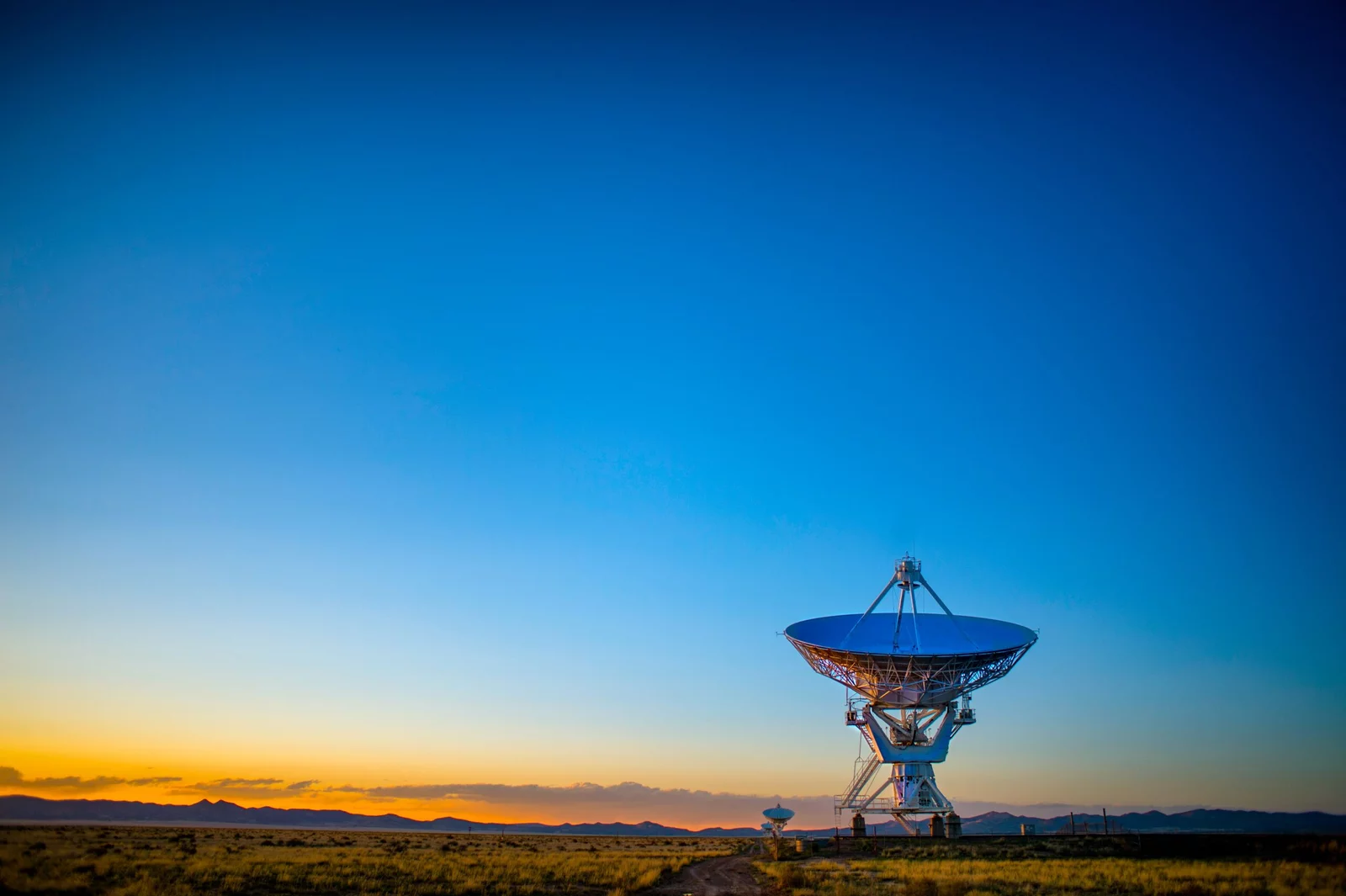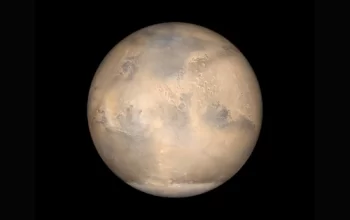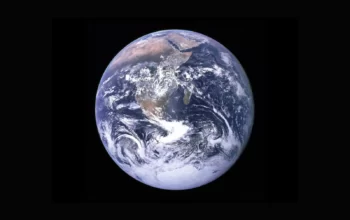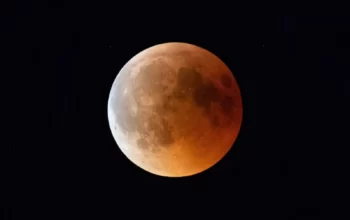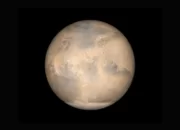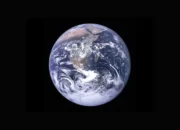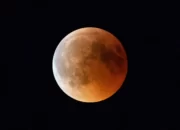middleportal.com – Satellites are artificial objects that orbit the Earth for various purposes, such as communication, navigation, weather observation, and scientific research. They range in size from a few kilograms to several tons, and they travel at speeds of thousands of kilometers per hour. As of January 2022, there were 8,261 satellites orbiting the Earth, but only about half of them were active. In this article, we will explore some facts and figures about the satellites in space, such as who owns them, what they do, and how they are launched and tracked.
Who Owns the Satellites in Space?
The majority of the satellites in space are owned by the United States, which has 2,804 satellites in orbit as of January 2022. This number includes both government and commercial satellites, as well as those operated by universities and non-profit organizations. The United States has been the leader in space exploration and technology since the launch of Explorer 1, the first American satellite, in 1958.
The second-largest owner of satellites in space is China, which has 467 satellites in orbit as of January 2022. China has been rapidly expanding its space program in recent years, launching missions to the Moon, Mars, and asteroids. China also has the largest constellation of navigation satellites, called BeiDou, which consists of 48 satellites as of 2021.
The third-largest owner of satellites in space is the United Kingdom, which has 349 satellites in orbit as of January 2022. The United Kingdom has a strong presence in the commercial satellite sector, especially in the fields of telecommunications and broadcasting. The United Kingdom also participates in several international collaborations, such as the European Space Agency (ESA) and the International Space Station (ISS).
The other countries that have more than 10 satellites in orbit as of January 2022 are:
- Russia: 168
- Japan: 93
- India: 61
- Canada: 57
- Germany: 47
- France: 44
- Luxembourg: 38
- Spain: 29
- Italy: 26
- Australia: 25
- Brazil: 22
- South Korea: 21
- Norway: 20
- Argentina: 18
- Turkey: 17
- Israel: 16
- Switzerland: 16
- Netherlands: 15
- Singapore: 14
- Indonesia: 13
- Mexico: 13
- Saudi Arabia: 12
- Taiwan: 12
- United Arab Emirates: 11
What Do the Satellites in Space Do?
The satellites in space perform a variety of functions that benefit humanity and the planet. Some of the most common and important functions are:
- Communication: Communication satellites enable the transmission of voice, data, and video signals across the globe. They are used for telephony, internet, television, radio, and military applications. Some examples of communication satellites are Intelsat, Inmarsat, Iridium, and Globalstar.
- Navigation: Navigation satellites provide accurate and reliable positioning, timing, and velocity information for users on the ground, in the air, and at sea. They are used for navigation, mapping, surveying, and geodesy. Some examples of navigation satellites are GPS, GLONASS, Galileo, and BeiDou.
- Weather: Weather satellites monitor the atmospheric and oceanic conditions of the Earth, such as temperature, humidity, pressure, wind, clouds, precipitation, and storms. They are used for weather forecasting, climate research, and disaster management. Some examples of weather satellites are GOES, Meteosat, Himawari, and Fengyun.
- Earth Observation: Earth observation satellites collect and analyze data about the Earth’s surface, subsurface, and environment, such as land use, vegetation, water, soil, minerals, and pollution. They are used for natural resource management, environmental protection, agriculture, urban planning, and security. Some examples of earth observation satellites are Landsat, Sentinel, SPOT, and Terra.
- Science: Science satellites conduct experiments and observations in various fields of science, such as astronomy, astrophysics, cosmology, planetary science, space physics, and biology. They are used for scientific discovery, exploration, and education. Some examples of science satellites are Hubble, Chandra, Kepler, and Cassini.
How Are the Satellites in Space Launched and Tracked?
The satellites in space are launched by rockets that carry them into orbit. The rockets can be either expendable or reusable, depending on the design and cost. The rockets can also have different stages, which separate and fall back to Earth after delivering the payload. The rockets can launch from various locations around the world, such as Cape Canaveral in the United States, Baikonur in Kazakhstan, Jiuquan in China, and Kourou in French Guiana.
The satellites in space are tracked by ground stations and radars that monitor their positions, velocities, and health. The ground stations can communicate with the satellites and send commands and receive data. The radars can detect and measure the size, shape, and orbit of the satellites. The tracking data can be used for collision avoidance, orbit maintenance, and debris mitigation. Some examples of tracking networks are the United States Space Surveillance Network (SSN), the European Space Agency (ESA) Space Debris Office, and the International Laser Ranging Service (ILRS).
Conclusion
Satellites are an essential part of modern life and society, providing various services and benefits for humanity and the planet. As of January 2022, there were 8,261 satellites orbiting the Earth, but only about half of them were active. The United States, China, and the United Kingdom are the top three owners of satellites in space, followed by many other countries. The satellites in space perform various functions, such as communication, navigation, weather, earth observation, and science. The satellites in space are launched by rockets and tracked by ground stations and radars. The satellites in space are also subject to challenges and risks, such as orbital congestion, space debris, and space weather. Therefore, it is important to ensure the safe and sustainable use of space for the benefit of all.
